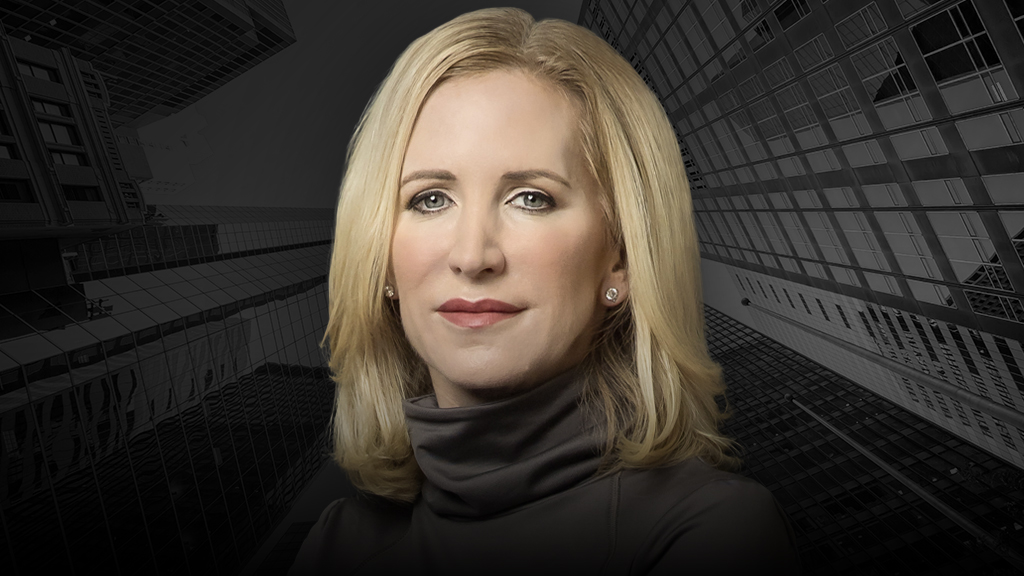Stephanie Linnartz
President & CEO of Under Armour
Stephanie Linnartz chats about everything from the “Taylor Swift effect” to the supply chain problems faced by Under Armour.
I chatted with Stephanie Linnartz about everything from the “Taylor Swift effect” to the supply chain problems faced by Under Armour in a recent episode of the Walker Webcast. If you’re a long-time fan of the show, you probably remember Stephanie as the President of Marriott.
How Under Armour pinpoints customer needs
During her tenure at Marriott, Stephanie traveled quite a bit and sampled different Marriott brands all over the world. This made it very easy to develop a personal connection with the brand and understand the underlying product.
However, with a consumer product company like Under Armour, it’s a bit more difficult to develop a personal connection with the product and sample everything the brand has to offer. Stephanie isn’t a professional basketball player or an olympic powerlifter, so she can’t necessarily provide personalized insight on every product. To pinpoint exactly what the customer needs, Under Armour relies heavily on the feedback received from its target demographics and tries to pivot when needed to accommodate athletes’ needs.
The post-COVID supply chain
It’s no secret that almost every company on Earth has experienced some sort of supply chain disruption over the course of the past couple of years. Under Armour was not spared from these widespread supply chain issues. Although Under Armour has a relatively small portion of its manufacturing operations in Asia, there were still quite a few issues that the company had to deal with during the pandemic and even now. Since much of its manufacturing operations are in the Middle East, the ongoing issues in the Red Sea are affecting the supply chain today. However, broadly speaking, the company is beginning to see its supply chain and inventory levels normalize, getting closer to pre-pandemic standards every day.
Stephanie’s advice for young women today
Stephanie has had a tremendous career in business that few people have had the opportunity to experience. She has risen to the top in an industry and a career path that has been traditionally dominated by men. Stephanie puts a huge emphasis on supporting both women in athletics and business and does all she can to help women further themselves.
One of the most important pieces of advice that she has for women aspiring to have a career in business is to take risks. She notes that oftentimes, women who meet 50-60 percent of a job’s requirements simply won’t apply for the job, whereas many men will. Stephanie believes that taking on risks and rising to the occasion in difficult situations allowed her to climb the corporate ladder at Marriott and prepare her to be CEO of Under Armour.
Related Walker Webcasts
Shaping the Future of Luxury Living with Jeffrey Soffer
Learn More
December 17, 2025
Leadership
CEO Masterclass
Learn More
December 10, 2025
Leadership
Emerging Trends in Hospitality with Chris Nassetta
Learn More
November 26, 2025
Leadership
Insights
Check out the latest relevant content from W&D
News & Events
Find out what we're doing by regulary visiting our News & Events pages
